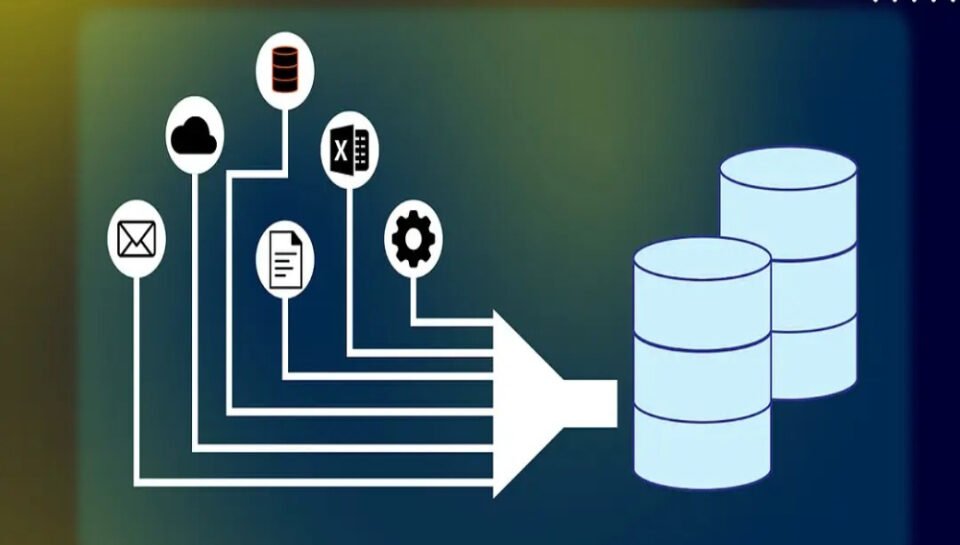
How does system integration support real-time data access?
Centralized Data Architecture
- Connects disparate tools into a unified platform where all updates are visible instantly.
- Removes the need for batch processing or manual data transfers.
- Consolidates customer, sales, and performance data in one location.
- Enables dashboards and reports to reflect current activity.
- Facilitates quick decision-making using up-to-date insights.
Live Data Syncing Across Applications
- Pushes updates between systems automatically when new data is entered.
- Ensures all users access the most recent version of records.
- Prevents data mismatches or delays caused by manual syncing.
- Supports triggers that reflect real-time customer actions or statuses.
- Enables faster responses to inquiries, service requests, or transactions.
APIs and Webhooks for Instant Communication
- Uses APIs to query or post data between applications in real time.
- Implements webhooks to notify systems when an event occurs (e.g., form submitted).
- Supports event-driven workflows that trigger immediate responses.
- Allows for real-time updates in CRMs, support tools, or analytics.
- Minimizes latency between data input and system-wide availability.
Dynamic Dashboards and Reporting
- Pulls live data from multiple sources into a single reporting interface.
- Provides up-to-the-minute analytics for KPIs, metrics, and trends.
- Supports monitoring of sales, conversions, or customer behavior instantly.
- Enables early detection of issues through real-time alerts.
- Increases agility in adjusting marketing, inventory, or support strategies.
Improved Mobile and Remote Access
- Provides synced access to systems from any device or location.
- Ensures field teams and remote workers have real-time updates.
- Reduces reliance on static files or local copies.
- Allows mobile dashboards and notifications for real-time decision-making.
- Enhances responsiveness and operational continuity outside the office.





